1. China’s annual two sessions conclude
China’s two sessions -- the annual meetings of China's National People's Congress and the National Committee of the Chinese People's Political Consultative Conference -- concluded on Tuesday.
China has outlined an array of key development goals for this year, including an economic growth rate of around 5% and an around 2 percent increase in the consumer price index during the annual political event.
The country has also set a target to create more than 12 million new urban jobs this year while keeping the urban surveyed unemployment rate at around 5.5 percent, the National People's Congress deputies and the Chinese People's Political Consultative Conference National Committee members tried to offer solutions to related issues during the 2025 two sessions.
Additionally, high-tech development policies as well as foreign policy have drawn world’s attention.
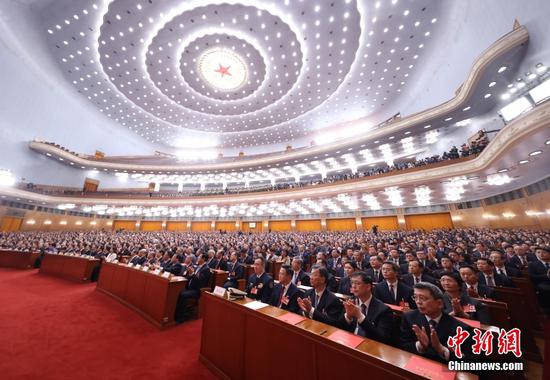
The closing meeting of the third session of the 14th National People's Congress (NPC) is held at the Great Hall of the People in Beijing, capital of China, March 11, 2025. (Photo/China News Service)
2. U.S. steel and aluminum tariffs draw criticism
The accumulation of U.S. tariffs on Chinese products does not contribute to the so-called "national security," nor does it assist U.S. domestic industries, but merely highlights the unilateralism, protectionism, and bullying practices of the United States, China’s Ministry of Commerce spokesperson He Yongqian told the press on Thursday.
Regarding the U.S. administration's 25 percent tariffs on steel and aluminum imports, which are already in effect, He stated that China had already expressed its stance on the U.S. Section 232 tariffs.
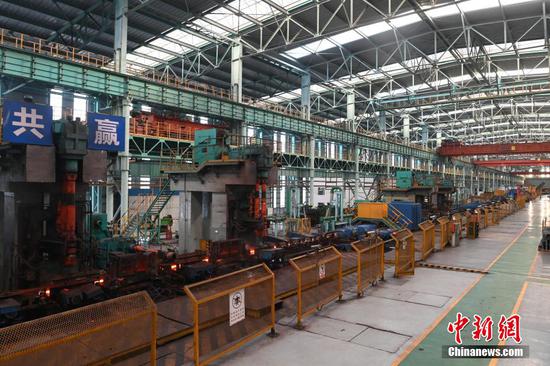
Photo shows a steel company located in Ma’anshan, Anhui Province, Nov. 6, 2024. (Photo/China News Service)
3. China's top universities expand enrollment with focus on AI and interdisciplinary studies
Several China's top-tier universities have recently announced plans to expand undergraduate enrollment, with a strong emphasis on interdisciplinary studies, artificial intelligence (AI), and foundational disciplines.
This trend spans institutions across the country, including Tsinghua University, Peking University, Sichuan University, and the University of Electronic Science and Technology of China (UESTC).
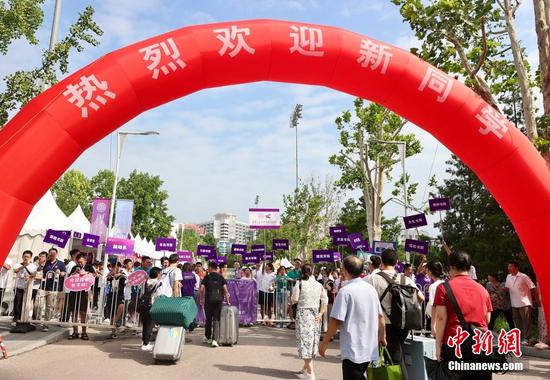
Tsinghua University welcomes 2024 undergraduate freshmen, Aug. 24, 2024. (Photo/China News Service)
4. China sends communication technology test satellite into space
China sent a new test satellite for communication technology into space from the Xichang Satellite Launch Center in the southwestern Sichuan Province early on Monday.
The satellite was launched by a Long March-3B rocket at 1:17 a.m. (Beijing Time). It has entered the planned orbit, marking the success of the launch, according to the launch center.
The satellite will be mainly used to carry out multi-band and high-speed communication technology validation, said the center.
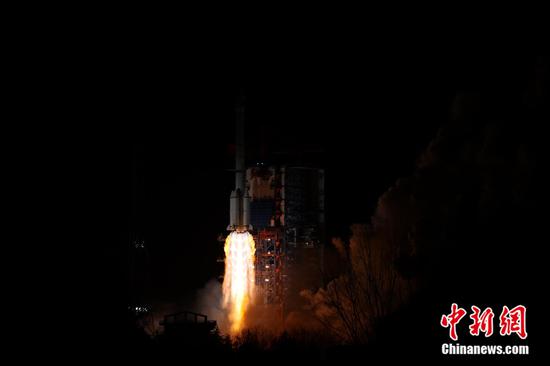
China sent a new test satellite for communication technology into space from the Xichang Satellite Launch Center in the southwestern Sichuan Province early, March 10, 2025. (Photo/China News Service)
5. Chinese researchers set new record for thinnest metal materials
Chinese scientists have recently achieved the fabrication of single-atom-layer metals with a thickness of merely one-millionth the thickness of an A4 paper sheet, setting a new record for the thinnest metal materials. This marks the world's first realization of stable two-dimensional forms of non-layered metals.

Chinese researchers set new record for thinnest metal materials. (Photo from Institute of Physics, Chinese Academy of Sciences)
6. Weight management sparks interest as China promotes healthy lifestyle and deploys measures
Weight management has sparked a lot of interest in China as Healthy China 2030 and the promotion of a healthy lifestyle were emphasized by Lei Haichao, head of the National Health Commission (NHC), at a press conference on Sunday.

Runners compete in a marathon race, Feb. 24, Shenzhen, Guangdong Province. (Photo/China News Service)
7. Chinese scientists map world's deepest marine ecosystem
A Chinese research team has discovered a vast abundance of abyssal microorganisms thriving under extreme hydrostatic pressures ranging from 600 to 1,100 atmospheres in ocean depths exceeding 6,000 meters, according to the international academic journal Cell on Thursday.
Geographical distribution of 11 deep-sea species. (Screenshot of "Evolution and genetic adaptation of fishes to the deep sea")
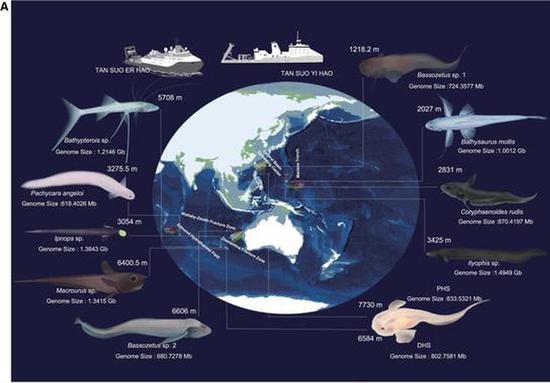
Geographical distribution of 11 deep-sea species. (Screenshot of "Evolution and genetic adaptation of fishes to the deep sea")
8. Chinese mathematician solves century-old problem, becomes strong contender for Fields Medal
Chinese mathematician Wang Hong, who was born after 1990, has solved a century-old mathematical conundrum, the dimensional Kakeya conjecture within three dimensions, positioning herself as a potential candidate for the prestigious Fields Medal.
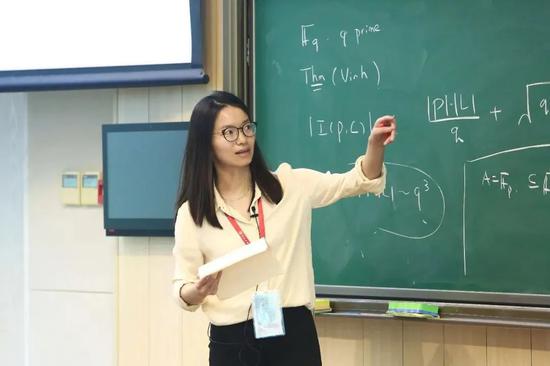
Photo shows Wang Hong giving a lecture. (Photo provided to China News Service)
9. China produces world's first ultra-compact portable surveying drone
China’s Tianfu Jiangxi Laboratory announced on Tuesday the launch of the world's first ultra-compact portable surveying drone, “Weidu I”, which was developed by its Spatiotemporal AI Perception Technology Innovation Center.
A patented spherical anti-collision design of the drone enables it to operate flexibly in complex, hazardous, or hard-to-reach environments.
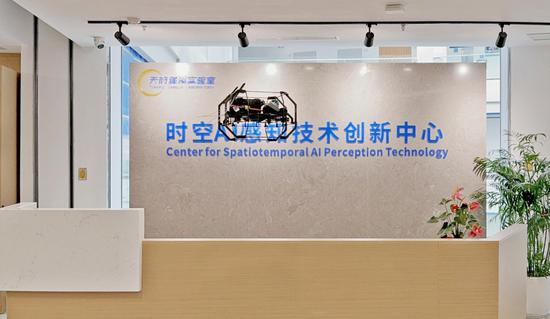
Photo shows the world's first ultra-compact portable surveying drone. (Photo from China’s Tianfu Jiangxi Laboratory)
10. Robotic exoskeleton helps people with disabilities walk upright in Hangzhou
Robotic exoskeleton developed by a company in Hangzhou City, Zhejiang Province, has enabled people with lower-limb movement disorders to walk upright. With the rapid development of the embodied intelligence industry, related products are being applied in China.
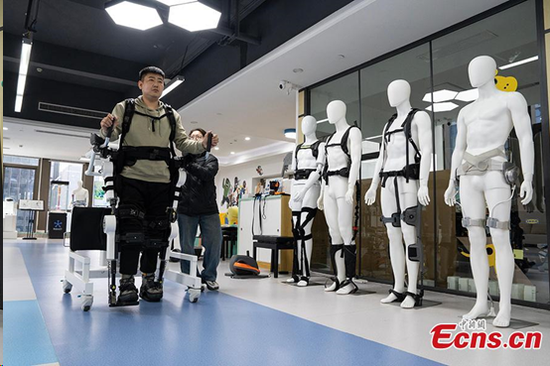 A disabled man slowly stands up with the help of robotic exoskeleton in Hangzhou City, Zhejiang Province, March 13, 2025. (Photo: China News Service/Wu Junyi)
A disabled man slowly stands up with the help of robotic exoskeleton in Hangzhou City, Zhejiang Province, March 13, 2025. (Photo: China News Service/Wu Junyi)







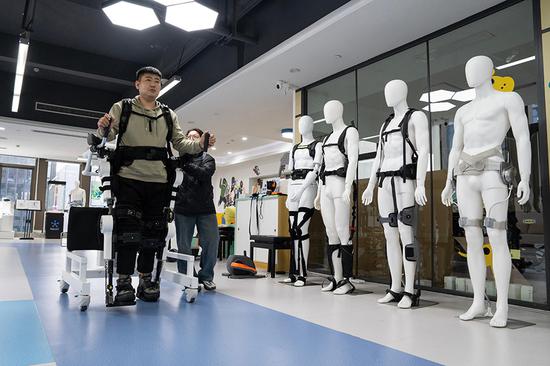

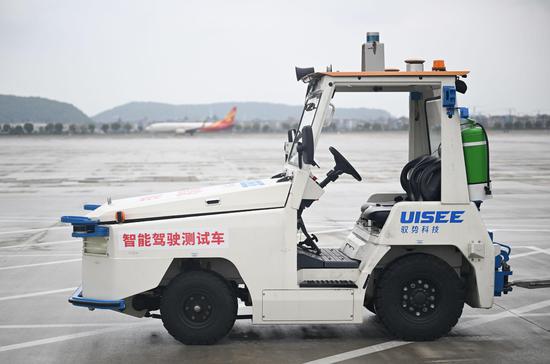

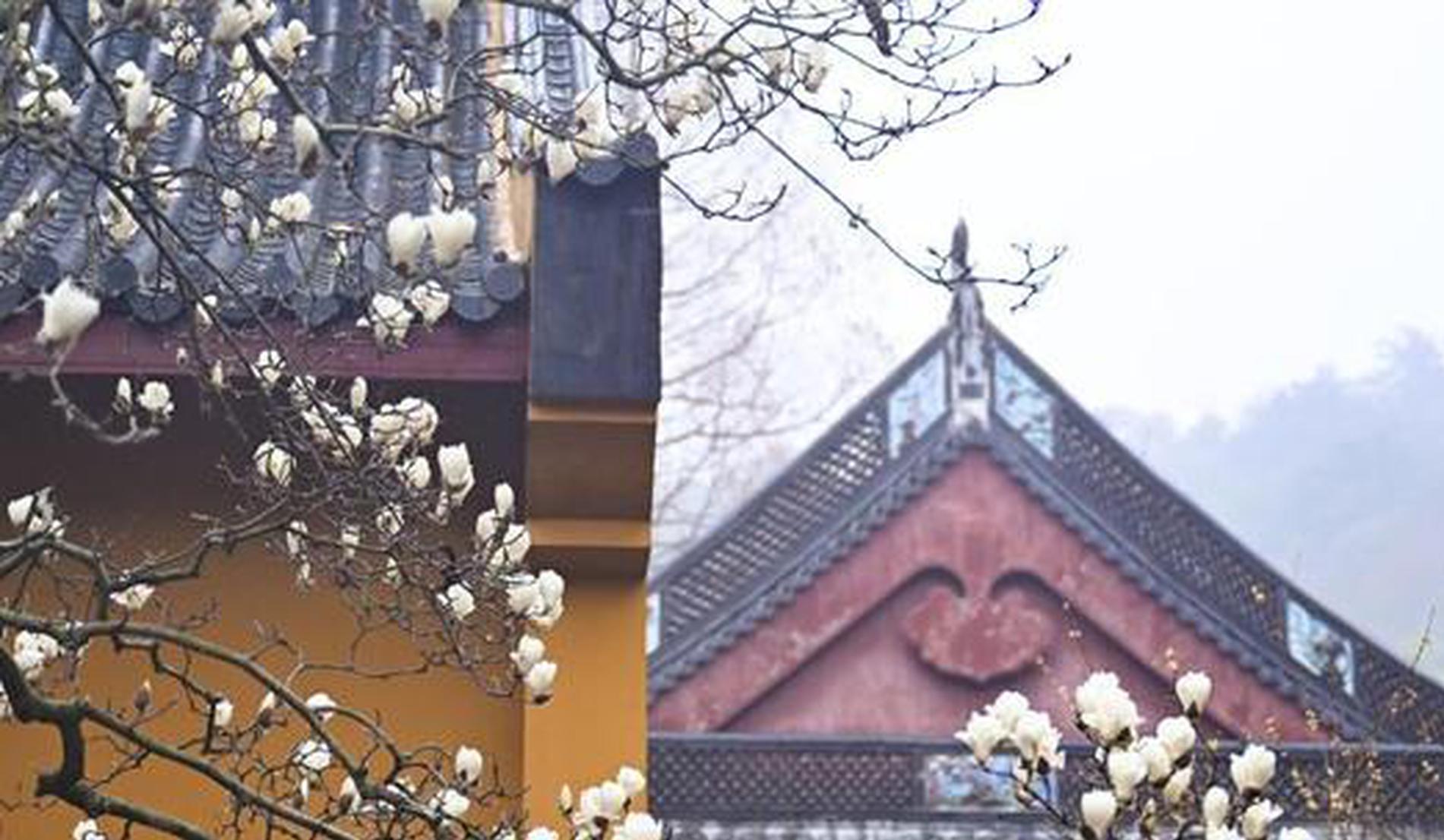
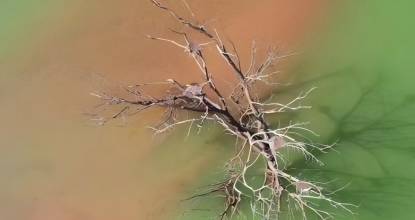

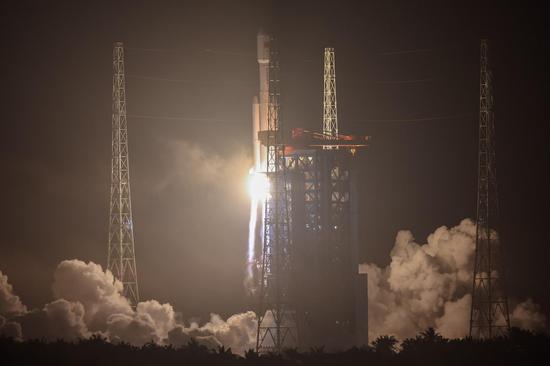


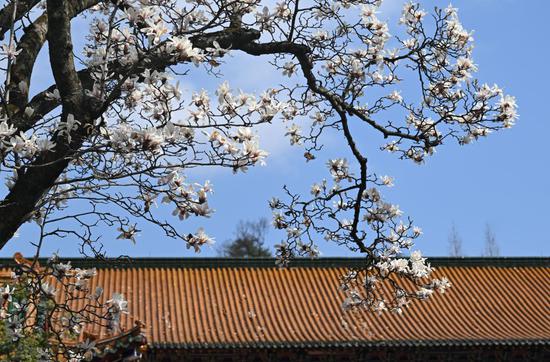


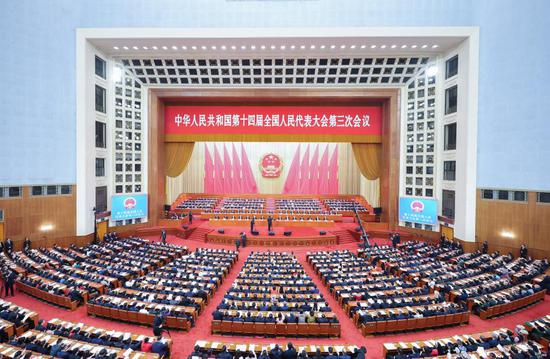



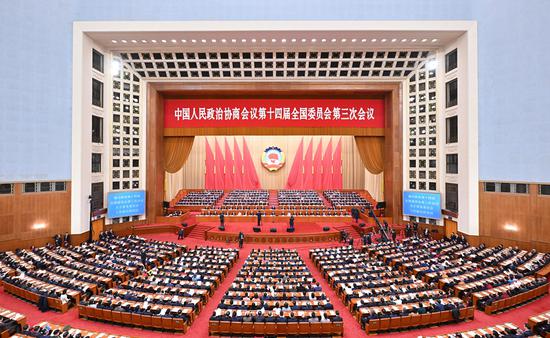
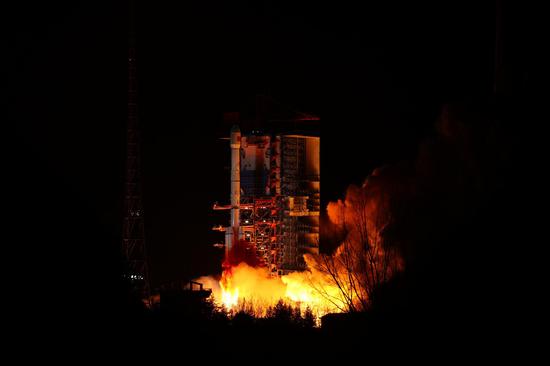
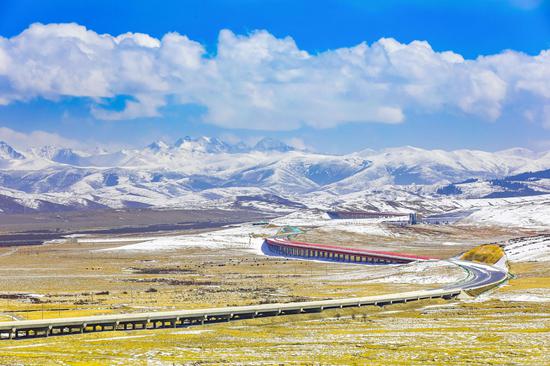
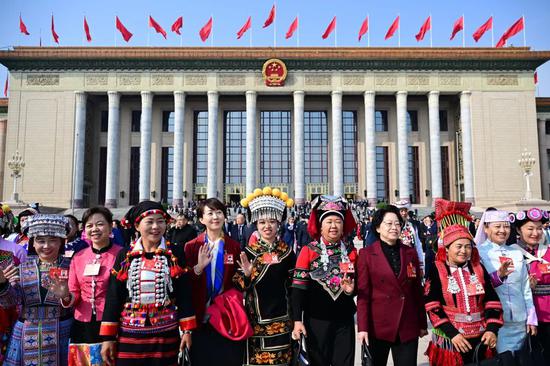
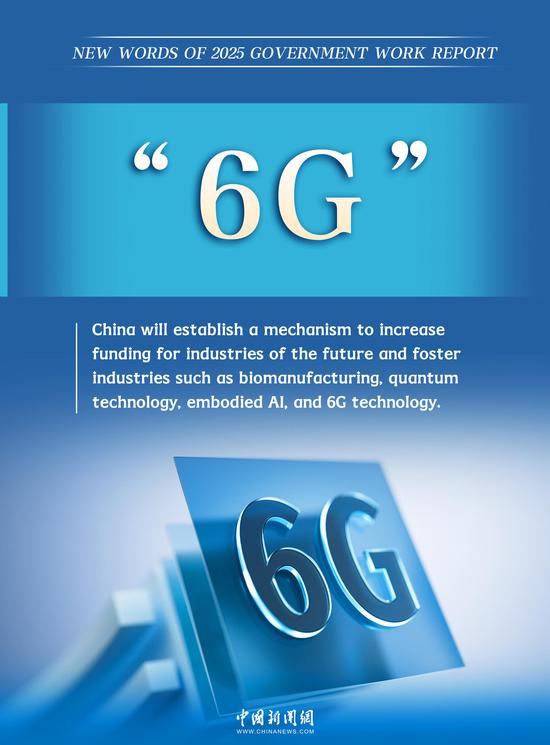


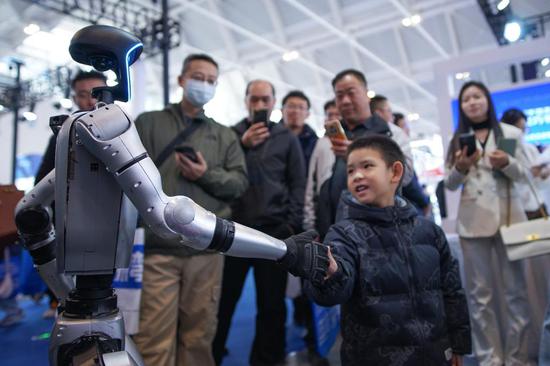
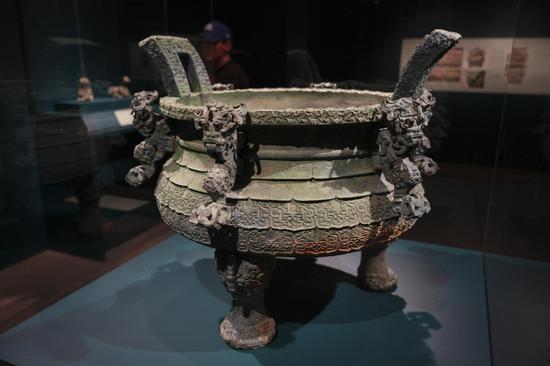

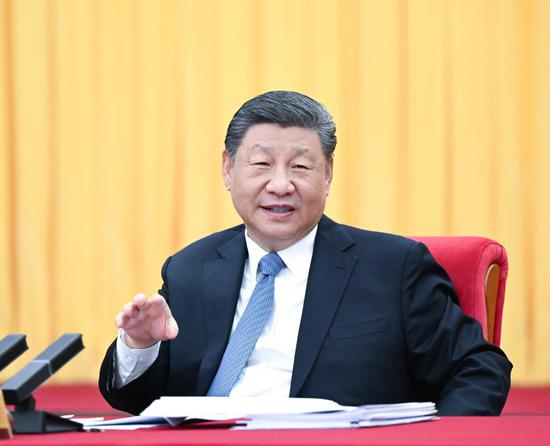
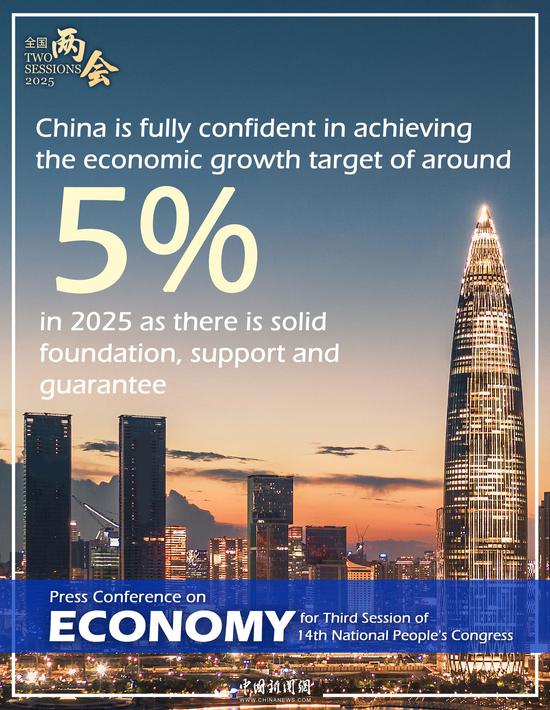

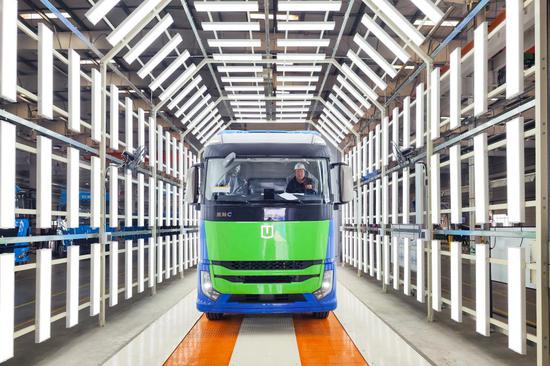

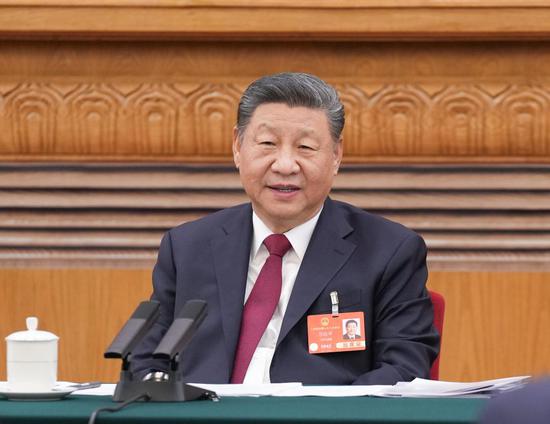
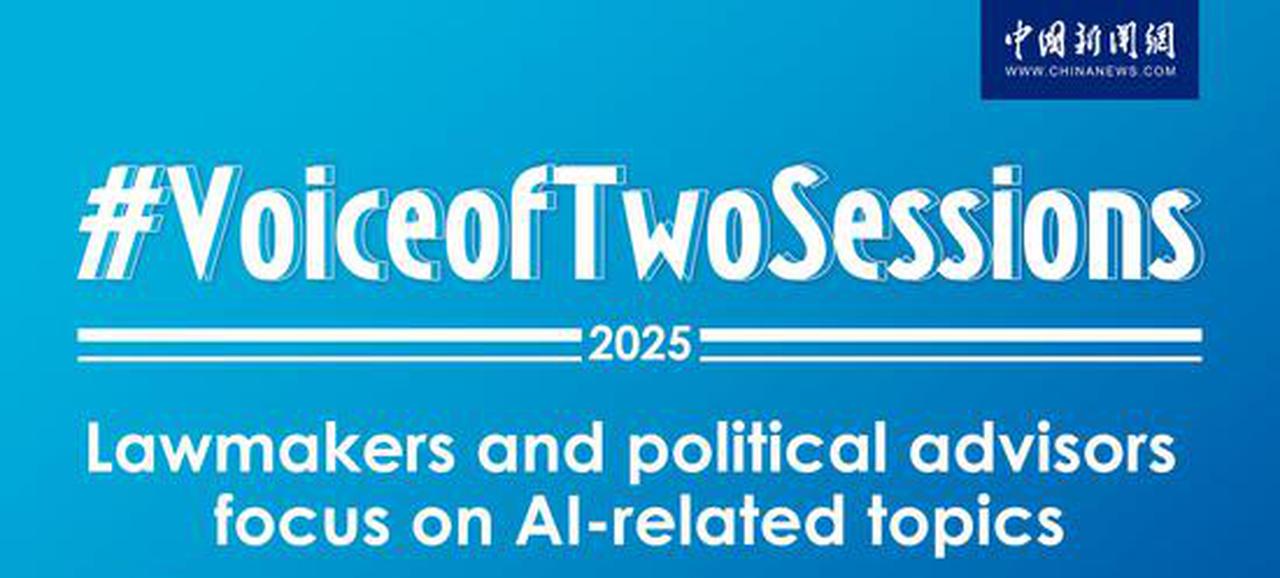




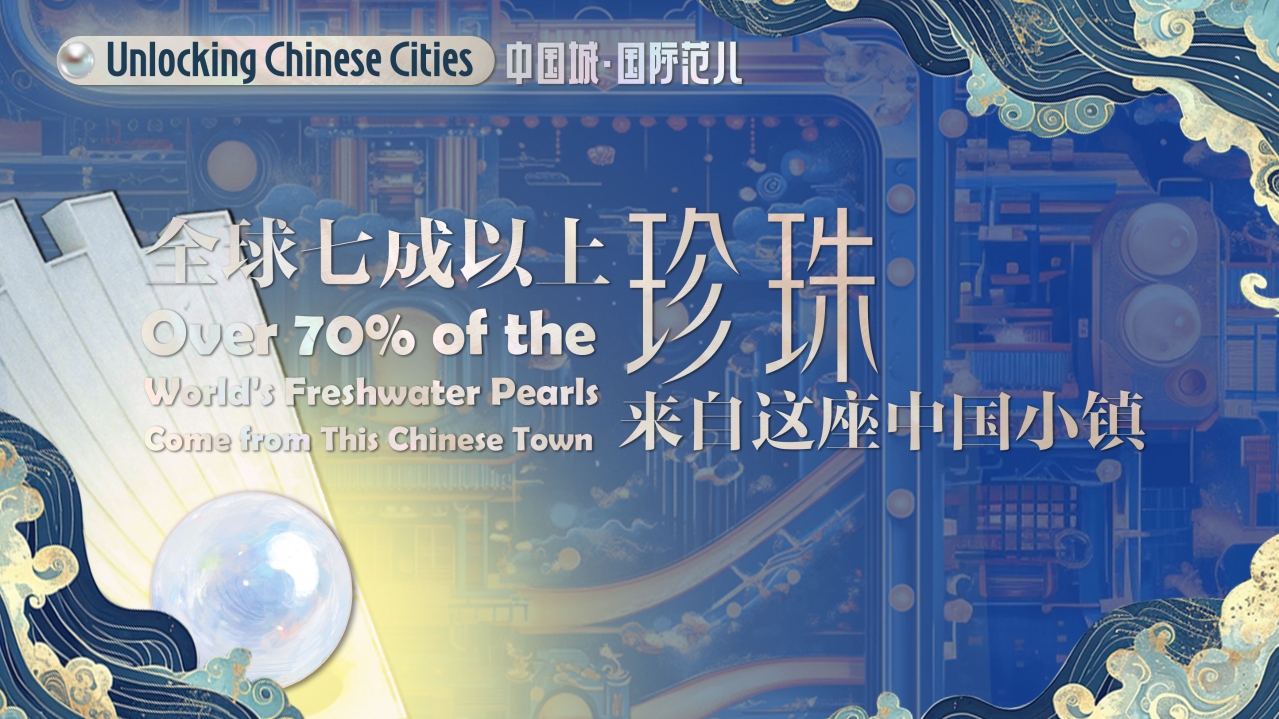



 京公网安备 11010202009201号
京公网安备 11010202009201号